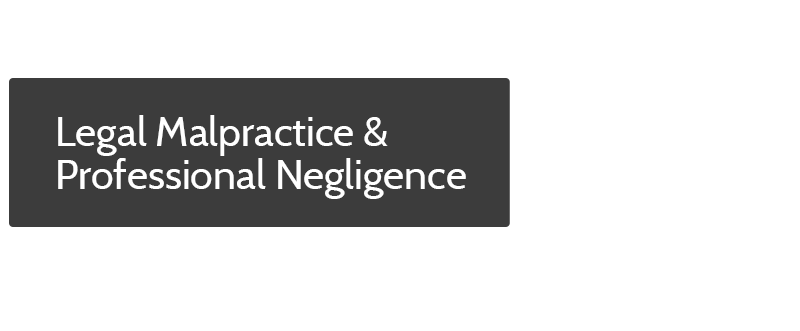Do Written Releases of Liability Have Any Limitations?
Before engaging in sports or other recreational activities, people are often asked to sign a written release or waiver of liability. These releases generally contain language absolving the person or company running the activity from “all” liability (including liability resulting from the company’s own negligence) if the participant is injured during the course of the activity.
While releases of liability are allowed by California law, and often valid, they do have limitations.
WAIVERS DO NOT PROTECT DEFENDANTS AGAINST WILLFUL OR GROSSLY NEGLIGENT CONDUCT.
Written waivers and releases generally do not protect a company or an individual against its own gross negligence or willful misconduct. “Gross negligence” means the failure to follow even minimum standards of care (and includes a reckless disregard for basic safety). Even where the written release attempts to release “gross negligence,” California’s public policy normally does not consider this portion of the release to be valid or binding.
WAIVERS DO NOT PROTECT DEFENDANTS AGAINST UNFORESEEABLE RISKS.
Waivers generally do not protect defendants against injuries resulting from “unforeseeable” risks–because the law and public policy hold that a plaintiff’s willingness to release the defendant against known or anticipated risks does not extend to risks the plaintiff could not have known or realized (s)he was releasing.
However, California courts interpret “foreseeability” broadly in this context. The fact that the plaintiff did not anticipate a risk is not enough to call the risk “unforeseeable,” and if the risk (or injury) bears a reasonable relationship to the activity for which the release was signed, a court may find the risk was foreseeable for purposes of upholding the release. That said, never attempt to evaluate foreseeability of the risk on your own. In many circumstances, risks were not foreseeable–or other legal theories may still require the defendant to compensate the plaintiff for the injuries (s)he incurred. Always consult an attorney promptly if you are injured, even if you signed a waiver or release before engaging in the activity during which the injury occurred.
CONTRACT-BASED DEFENSES GENERALLY APPLY TO WAIVERS, AS THEY DO TO ANY OTHER CONTRACT.
California law recognizes certain legal defenses in contract cases. For example, a plaintiff who is forced to sign a waiver of liability against his or her will may be able to claim coercion as a defense. That said, people should be aware that “if you don’t sign, you cannot go skydiving” is not generally considered legally-recognized “coercion.” Legal defenses have specific elements the plaintiff must meet in order to prove the defense and render the waiver or release invalid. For this reason, it’s important to consult an attorney for a personalized evaluation of your potential rights, claims, and defenses if you’re injured–even if you signed a waiver or release.
This is not a complete list of situations in which waivers and releases may be held invalid. Always consult an attorney for an evaluation of your individual circumstances, rights, and potential claims.
***
Disclaimer: THIS ARTICLE IS FOR INFORMATIONAL PURPOSES ONLY, AND DOES NOT CONSTITUTE LEGAL ADVICE OR CREATE AN ATTORNEY-CLIENT RELATIONSHIP BETWEEN THE AUTHOR AND ANY PERSON. Your rights and experiences may vary. Never use an online article (including this one) to evaluate your legal claims. Speak with an experienced lawyer promptly to obtain a personalized evaluation of your claims, possible damages, and options. You may lose or compromise your rights if you delay in consulting legal counsel. Negligence claims are complicated and fact-dependent. If you believe you have a claim against someone who injured you, a lawyer who represented you in a previous lawsuit, or any other type of legal claim, consult an experienced lawyer immediately for an evaluation of your personal rights and claims.














